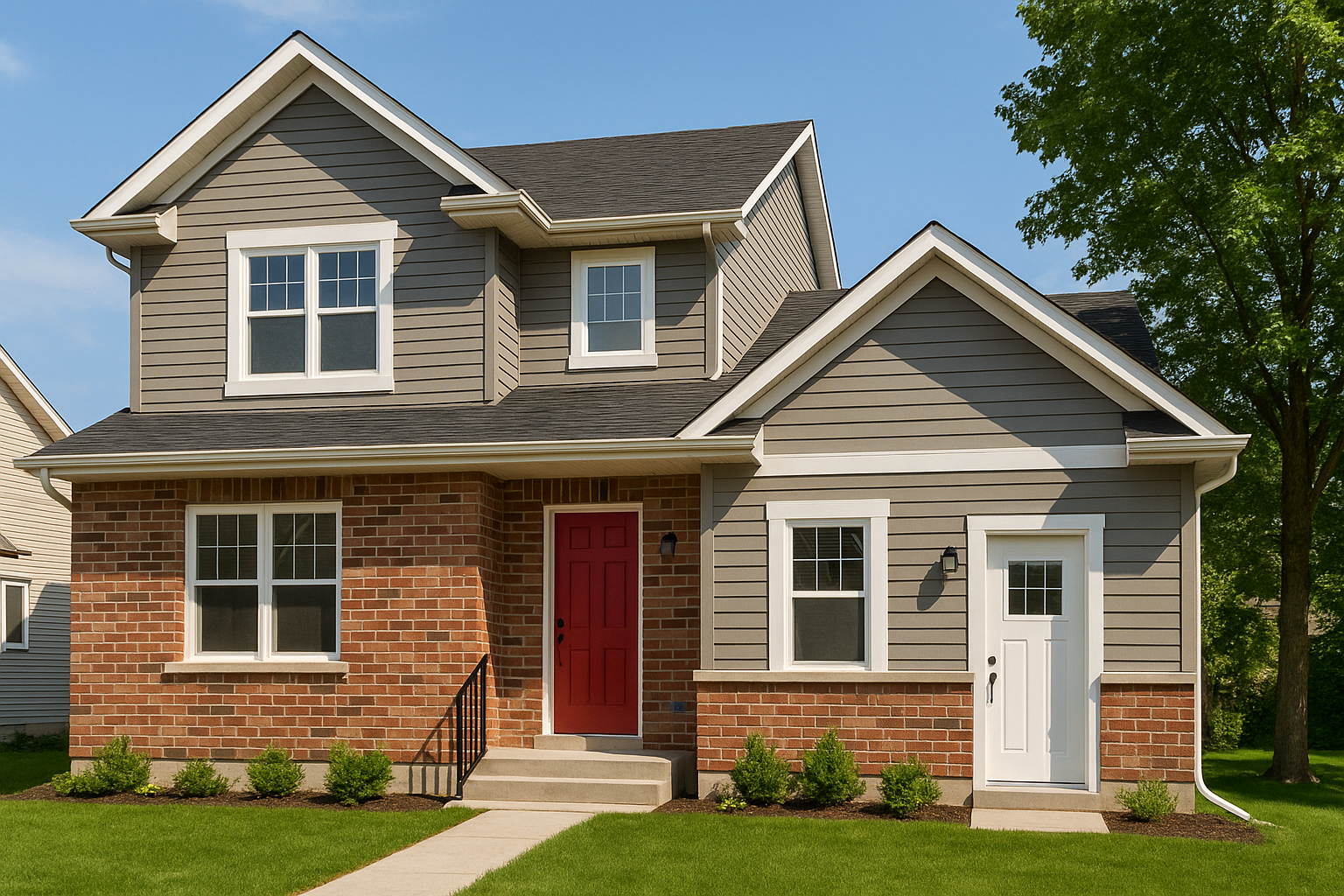
Estimated reading time: 8 minutes
Key Takeaways
- Enhance Property Value and Income: A secondary suite is a great way to add value and create flexible living spaces.
- Meet Regulations: Zoning by-laws, permits, and fire & safety standards are essential for a legal and safe suite.
- Thoughtful Design: Adequate planning around layout, privacy, and durability can make the suite comfortable and functional.
- Financing Options: Explore home equity loans, personal loans, and credit lines to fund your project efficiently.
- Government Support: Various incentives and grants across Canada help ease financial burdens.
- Federal Initiatives: New measures support refinancing and higher property value limits for renovations.
- Professional Assistance: Hiring a qualified contractor ensures a smooth process and compliance with all requirements.
Table of contents
Understanding the Requirements for Secondary Suites
Adding a secondary suite is not only about extra space—it’s about complying with local regulations. Municipal zoning by-laws dictate the maximum suite size, minimum ceiling heights, parking space, and the permitted number of units. Beyond that, permits and inspections are required, ranging from building and plumbing to electrical, with a final occupancy permit needed in most cases.
“Meeting fire separation, installing detectors, and ensuring safe egress are non-negotiable for both comfort and security.”
Designing a Suite that Fits Your Needs
A thoughtfully designed secondary suite offers privacy, comfort, and convenience—whether for family, tenants, or future plans. When planning, consider:
- Suite Type: Options include basement suites, attached, detached, laneway, or garden suites.
- Optimized Layout: Plan for a separate entrance, functional kitchen and bathroom, and open living spaces.
- Legal Compliance: Ensure designs meet size, height, and egress standards as per local building codes.
- Durability & Privacy: Invest in quality materials; consider soundproofing for enhanced privacy.
Financing Your Secondary Suite
Financing your secondary suite is an investment into your home’s future. Several options are available:
- Home Equity Loans/Lines of Credit: Borrow against accrued equity with fixed rates or flexible fund access.
- Personal Loans/Credit Cards: Suitable for smaller projects when home equity is not yet significant, though interest rates can be higher.
Partnering with an experienced contractor can also help maintain the timeline, budget, and quality needed to bring your vision to life.
Support from Government Incentives and Grants
Across Canada, government initiatives offer support through various grants and forgivable loans. These incentives aim to make secondary suites more accessible and help homeowners meet legal requirements without breaking the bank.
Examples of supportive programs include:
- British Columbia: Forgivable loan up to 50% of renovation costs, capped at $40,000.
- Saskatchewan: Grant covering up to 35% of renovation costs, with a maximum of $35,000.
- Alberta:
- Calgary: Grants up to $10,000 for suite creation.
- Cold Lake: $5,000 for suite development.
- Ontario (Hamilton): Forgivable loan up to $50,000 for qualified renovations.
- Newfoundland & Labrador / Nova Scotia: Up to 50% of renovation costs, capped at $40,000.
Additionally, the federal Multigenerational Home Renovation Tax Credit supports families creating accessible living spaces for seniors or persons with disabilities.
Federal Support: New Secondary Suite Initiatives
Recent federal measures, introduced in the 2024 Budget and Canada’s Housing Plan, aim to integrate secondary suites into the broader housing strategy. Notable initiatives include:
- Insured Mortgage Refinancing: Access up to 90% of the property’s improved value for projects over a 30-year period.
- Higher Price Limits: Renovations are now supported for properties with values under $2 million.
To qualify, homeowners must already own their property, ensure one unit is occupied by the owner or a close relative, avoid short-term rentals, and meet other clearly defined criteria.
Building Your Secondary Suite: Steps to Success
The final step is to hire a qualified, licensed, and insured contractor experienced in secondary suites. This partnership is crucial to navigate permits, inspections, and maintain a clear timeline and budget while ensuring all safety and legal standards are met.
With proper planning and professional support, adding a secondary suite not only boosts your property’s financial prospects but also enhances multi-generational living and increases overall household flexibility.
Frequently Asked Questions
-
Q: What permits are needed to build a secondary suite?
A: You typically need building, plumbing, electrical permits, and an occupancy permit once construction is complete.
-
Q: Are there specific design standards for secondary suites?
A: Yes, they must meet local zoning laws, including size requirements, ceiling heights, and safety measures like fire separation and egress standards.
-
Q: Can I finance the project through home equity loans?
A: Absolutely. Home equity loans or lines of credit are common methods used to fund secondary suite renovations.
-
Q: What government incentives are available?
A: Various programs—from forgivable loans to grants—are offered across provinces to help offset renovation costs. Eligibility and funding limits vary by location.

Leave a Reply